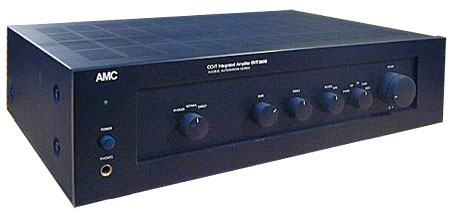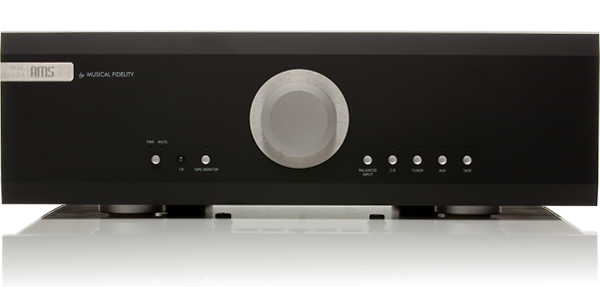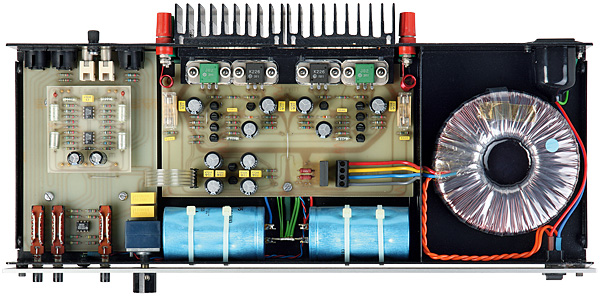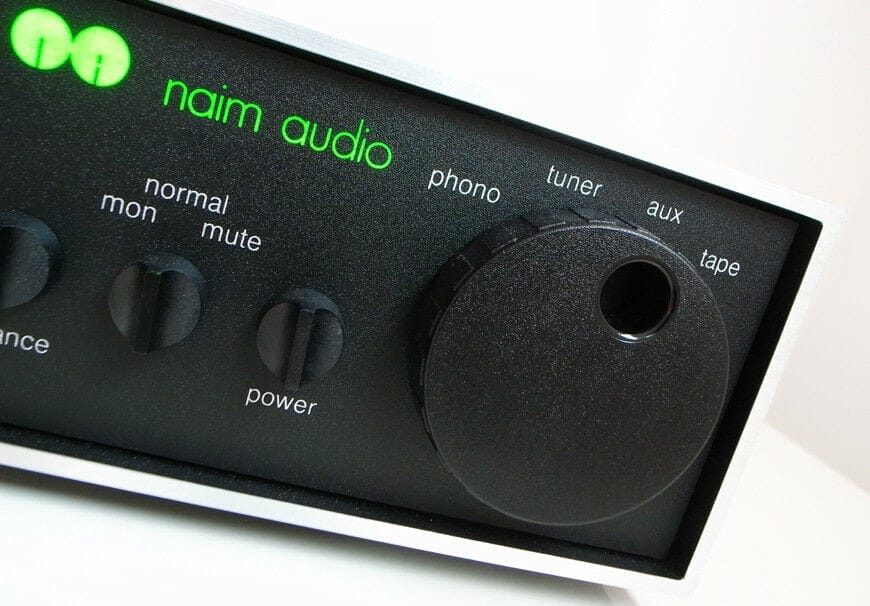This would have been great if NAD had built a tube amplifier. It shared a lot of DNA with the ubiquitous 3020, having been designed by Peter Bath (who worked for Dolby, AR, and even NAD), and built by IEEE in Taipei (who used to build Cambridge Audio, Luxman, Proton, and NAD devices). While the mechanical design was different, the concept was strikingly similar — an innovative, wonderfully built, clearly styled, no-nonsense integrated amplifier with a strong emphasis on sound quality. However, valves were used to deliver the sonic goods this time.
Tubes were just as popular in 1992 as they were in the 1970s. Despite the efforts of many people, including this publication, the benefits of the thermionic valve were not well recognized back then as they are now. When the £750 CVT3030 emerged on the scene, many people were perplexed. It looked like a transistor amplifier, and it performed like one (in terms of durability, minimal noise, and user-friendliness), but it didn’t sound like one!
It was built with a perfect blend of ancient and new materials. The robust metal chassis was enclosed in the boxy, dark grey 430x115x285mm container, explaining its hefty 12kg weight. It has separate pre and power amp sections and was well designed up on the inside. The latter was divided into discrete left and right sides, each with two fixed bias EL34s plus seven high voltage MOSFETs and their own thermostatically regulated silent running cooling fans. Each output transformer was a big, well-specified beast with 4 and 8 ohm taps, and power supplies were given special attention. Despite its unassuming appearance, the AMC was well-equipped. A phono stage was included, as well as phono, tape, DAT, CD, tuner, video, and aux inputs. There was even a switchable tape monitor, a source direct switch, a headphone connection, and bass and treble settings. Each channel has three high-quality gold-plated speaker binding posts around the back.
The end result was a credible musical performance that sounded nothing like its price competitors. Its pleasant, open-hearted character allowed it to make the most of any type of music. Midband loses the clarity of its transistor rivals, but is very smooth and even handed without the tiniest trace of an edge. Bass is robust (if a little loose) with a highly fluid and supple feel. Treble is silky and sweet, yet still open and detailed. As a result, the amplifier drives most modern loudspeakers as smoothly as any solid-state amplifier while also giving the music a deliciously realistic, organic sound.
The AMC’s audio wasn’t flawless, of course. Although it isn’t as colorful as the Quad IIs or Leak TL12s of old, it isn’t as neutral as Cyrus’s 3/PSX-R or Exposure’s XX. Aficionados of dyed-in-the-grain tubes will be disappointed, since it lacks the languid, rose-tinted presentation of Leak’s Stereo 20. In reality, it should be viewed as an attempt to combine some of the musicality of valves with the user-friendliness of solid-state – and it succeeds beautifully in that regard. Despite its rarity these days, there are more CVT3030s than you might expect. These days, if you seek hard enough, you may find one for £250, however a mint, boxed example will set you back more than twice that. Even at this price, you’ve got yourself a timeless collectible, as well as a sound-per-pound value…







